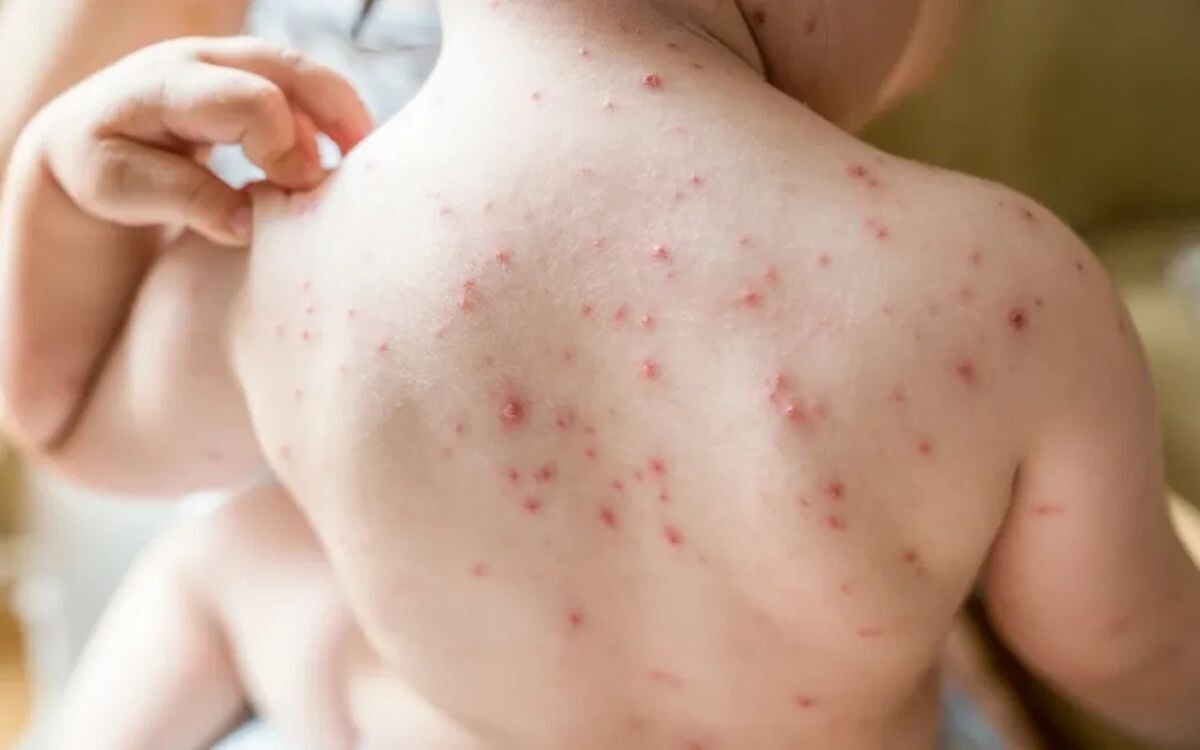
During 2020, 2,518 probable cases of measles or rubella were reported in Mexico, of which 196 were confirmed as measles. However, from 2021 to 2023, no laboratory-confirmed cases were reported, despite thousands of probable cases being reported each year.
After identifying 22 cases of measles in the country, the Ministry of Health (Ssa) issued an epidemiological alert directed at all primary, secondary, and tertiary healthcare units, epidemiological surveillance hospital units, and members of the National Public Health Laboratory Network.
In Mexico, the increase in confirmed cases in 2025 contrasts with previous years. It involved a 5-year and 8-month-old girl who had no history of measles-rubella vaccination. It was reported that the patient had recently traveled to Thailand, Laos, Vietnam, and Japan, returning to Mexico on January 29.
The transmissibility of measles is from four days before to four days after the onset of the rash. The incubation period for measles is 7 to 21 days, with an average of 14 days. Symptoms include fever, conjunctivitis, coryza, cough, and small spots with a white or bluish-white center on the mucosa of the vestibule of the mouth (Koplik spots).
Severe cases are common in malnourished young children or those with weakened immune systems. In populations with high levels of malnutrition, measles fatality can reach 10% of cases. In 2024, seven cases were confirmed, two imported and five associated with importation.
As of the tenth week of 2025, 22 confirmed cases of measles have been identified, two imported and 20 related to importation. The first confirmed case this year was reported on February 14 by the State Public Health Laboratory of Oaxaca. The identified genotype was B3, lineage MVs/An_Giang.VNM/27.24.
The second case was notified on February 20 in Chihuahua. A 9-year and 11-month-old boy presented symptoms on February 11 and also had no vaccination history. In this case, the identified genotype was D8, lineage MVs/Ontario.CAN/47.24.
Measles is a highly contagious viral disease caused by the measles virus, which belongs to the Paramyxoviridae family of the Morbillivirus genus; humans are the only reservoir for the virus. It is transmitted through the dissemination of droplets suspended in the air or by direct contact with nasal or pharyngeal secretions of infected individuals.














